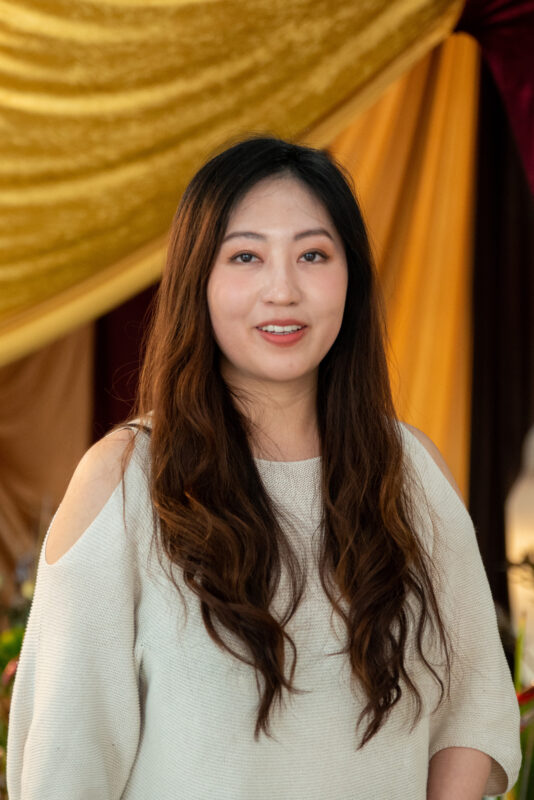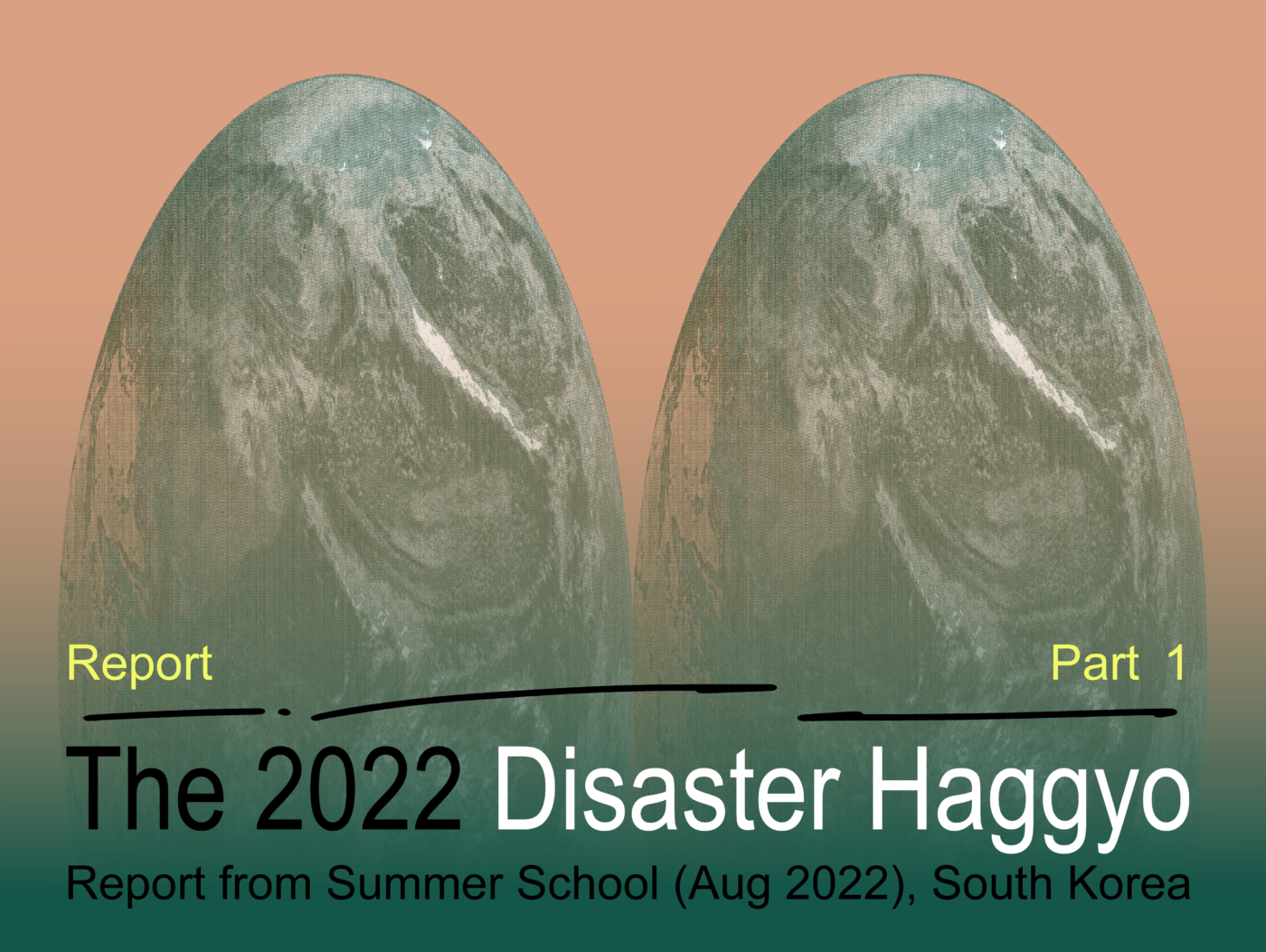
Report #1: Framer Framed in the 2022 Disaster Haggyo
Framer Framed partnered with Drifting Curriculum, Unmake Lab and KAIST Center for Anthropocene Studies for the 2022 Disaster Haggyo, a disaster studies school that facilitates site-specific research on disasters in the Korean Anthropocene.
In November 2022, Disaster Haggyo Hybrid Presentation will be hosted by Framer Framed, inviting participants to create dialogues around their shared experiences of mutual learning and the collaborative research process.
About Disaster Haggyo
Joined by artists, researchers and students from diverse backgrounds, the 2022 Disaster Haggyo summer school took place on the KAIST campus, with a multi-day trip to Jeju Island and a day trip to Ansan, South Korea from August 14-21. In November 2022, Disaster Haggyo Hybrid Presentation will take place at Framer Framed in Amsterdam, providing a space for participants to create dialogues around their shared experiences of the mutual learning and collaborative research process.
The artistic workshops of Disaster Haggyo are each based on long-term artistic research to interweave sceneries that traverses geographical boundaries. Disaster Haggyo invites you to join collective thinking and questioning throughout these workshops: What creative techniques can we mobilise to mediate human and non-human perspectives on disasters? How do we unravel and de-construct the narratives of disaster and re-imagine the alternative future scenarios?
Disasters in the Korean Anthropocene
The 2022 Disaster Haggyo started off at the KAIST campus in Daejeon, South Korea. The first few days involved a series of lectures on disaster from various academic perspectives, introducing ‘big questions’ under the umbrella of 1. Disaster Justice, 2. Mutual aid, 3. Anthropocene and 4. Building Memory. Not only did the lectures provide the preliminary tools and conceptual framework for the participants, but they also produce reciprocal dialogues with local practitioners and members of disaster-impacted communities. For instance, the members of the Sewol Ferry Family Advocates gave lectures to the participants, sharing their knowledge in scientific investigations, tactics of memorialisation as well as their on-going struggles in finding the truth. Prof. Chihyeong Jeon and the students of KAIST shared their year-long journey of doing research on MV Sewol and the challenges they faced as engineering students.
The field research itinerary in Ansan and Jeju was conducted in close collaboration with local practitioners and related organisations. In Ansan, Disaster Haggyo visited multiple sites of memorialisation of the Sewol Ferry disaster, such as 4.16 Memory Classroom, Danwon Highschool Sculpture and 4.16 Memory Exhibition Center, looking into and learning from the modes of care and resilience that overcome the temporality of disaster. In Jeju, Disaster Haggyo focused on the sites of the 4.3 Jeju Uprising, as well as the contemporary environmental struggles on the island that are inextricably intertwined with the state violence; 4.3 Peace Park, Gangjeong Village, Gotjawal Forests, the coastlines and oceans surrounding Jeju, were sites of education that link the sceneries of past and distant planetary future.
Throughout the process, the participants were able to perform their own research using both scientific and artistic methods. They actively engaged in more profound questions concerning the act of ‘researching disaster’. What are the ethical duties of disaster researchers towards the people with whom they work: in the academy, in the studio, in spaces where violence has and is taking place? What is gained and what is lost as we try to work very locally and contextually, while also thinking hard about the planetary process of the Anthropocene?*
Read more about the program & the lecturers here
Artistic Workshops
- In Disaster Haggyo, art is not a subservient discipline, but rather plays a significant role in drawing participants to interdisciplinary learning and experiments. The participating artists of the 2022 Disaster Haggyo were brought together trans-locally, each embodying different geographical, historical and cultural standpoints through their practices. They contributed with creative endeavors, wherein participants could observe as well as inspire varied ways of research tactics and mediums, encompassing natural objects and archival documentation to speculative narratives and cutting-edge technologies.
- Prior to the workshops, a mini-exhibition or a ‘learning station’ was installed at the N4 building of KAIST School of Humanities and Social Sciences. It consisted of curated artworks from participating artists. They are: Fabricating Mandarin Duck (Chih-Chung Chang, 2020), The Sisyphean Variables (Unmake lab, 2021), Only the Ports Are Loyal to Us (Yunjoo Kwak, 2020) and Treasure Island (Sojung Jun, 2014). The showcased artworks functioned as ‘previews’ or primary learning materials, providing deeper contexts and insights to the workshops that followed after.
- Below you can find a more detailed introduction to each artistic workshop that took place during the 2022 Disaster Haggyo.
Poetry Workshop by Bo-Seon Shim
Bo-Seon Shim (South Korea) is a poet and sociologist, who has sociological studies, creative non-fiction, and poetry that have been widely published in Korea. He is an Associate Professor in the Graduate School of Communication and Arts at Yonsei University where he teaches and researches the sociology of the arts and cultural mediation. For Disaster Haggyo, he hosted a collective poetry writing workshop. The workshop has two focus points. Firstly, the participants approach poetry without a mental threshold, making them perceive poetry as too difficult or sophisticated to read and write. By using and combining words from the books or papers available during the workshop, this collective effort will turn poetry writing into a playful game where participants contribute to finishing a piece of poem. Secondly, the participants are encouraged to write about their personal or collective experiences and memories. Writing poetry is a way of re-experiencing and re-collecting people’s memories and feelings, which can challenge the common urge to provide a fresh, critical interpretation of particular events and relationships among society, nature, and human beings.
Methods:
– Form working groups for poetry writings,
– Select words from books, documents, or any written materials available during the workshop (these sources of words can be -provided by organisers or prepared by participants),
– Group members write poems by combining words and phrases,
– Read the finished poems in front of other groups and share and discuss the poems.
Dataset for Retracing by Forking room (Unmake Lab)
Unmake lab (South Korea) is an artistic collective that transforms the paranoia of algorithms into irony, fables, and a bit of humor by misusing the machine’s perception. They investigate the socio-cultural algorithms by overlapping machine learning and dataset extractivism on the nature, space, and history of developmentalism. Their annual project Forking Room — led by Sooyeon Song, Binna Choi, and Minhyung Kang — is set up as a platform for research and prototyping, where they use ‘forking’ as a mode of executing exhibitions, workshops, and various forms of research activities.
The lecture/workshop ‘Dataset for Retracing: Speculative Datasets & Dataset-ings for disasters’ aims to connect ‘dataset’ and ‘disaster’. Dataset is a pile of data for Artificial Intelligence (AI) learning, in other words, there are various datasets to create AI vision that ‘understands’ things. This workshop takes datasets out of the computer science process and makes them artistic archiving. If we make AI learn the idea of disaster, what kind of dataset-ing (the act of creating a dataset) will be possible? And what might they symbolise? How should we name the speculative dataset that is retraced by the most personal memory? In the workshop, the participants are asked to collect images that contain a sense of ecological and social disaster based on their personal feelings and memories. Throughout this process, they critically re-imagine the past through speculative datasets & dataset-ing.
The Catastrophic Coastlines by Chih-Chung Chang
Chih-Chung Chang is a Taiwanese artist, who regards the ocean as a worldview diverse from the current terrestrial civilisation of the Anthropocene. He interprets contemporary issues and phenomena in the forms of interconnected waters, currents, and tides. For Disaster Haggyo, he led collective fieldwork alongside the coastlines of Jeju, following a historical narrative of a 17th Dutch explorer on the island.
At the end of July 1653, Hendrick Hamel, after his stay in Batavia (Jakarta, Indonesia) and Taijoan, Formosa (Tainan, Taiwan), continued his journey on VOC (Dutch East-India company)’s ship De Sperwer to Nagasaki, Japan. However, on the 16th of August, a storm sank the ship close to the coastline of an island named Quelpaert. Hamel and a few seamen survived the shipwreck and were later taken by the islanders to their ruler. The island Quelpaert is known as Jeju today, and after publishing his journal of this unexpected journey in 1668. Hendrick Hamel is also considered the “Dutch Marco Polo” to first introduce Joseon Empire in Korean history to the Western world.
On the southwestern coastline of Jeju, the touristic Hamel Ship Exhibition Center was established in commemoration of this history. A real-size copy of De Sperwer is also rebuilt and exhibited there, while an intriguing fact is that Hendrick Hamel’s name remains little known to Dutch society nowadays. Outlying islands are prone to state a special role, as part of the witness of colonisation, occupation, or any form of disaster, however, the distant yet marginal remains become either significant or neglected between the paradigm shifts. In this art session, the participants start with a visit to the Hamel Ship Exhibition Center. From there, by uncovering several associated historical cases inside or beyond Jeju and nearby islands along the western Pacific from a foreigner (Taiwanese)’s point of view, we focus on the reshaping and reimagining of island subjectivity through shared memories and geopolitical catastrophes.
Becoming Stones by Yunjoo Kwak & Hwanjin Cho
Yunjoo Kwak is a South Korean artist and a lecturer at Willem de Kooning Academy in Rotterdam. Her interdisciplinary workshop Becoming Stones aims to explore the delineation between life and non-life based on stones through the filmmaking process. Stones are archives that are not of a closed past, but active agents in the present, as well as offering potential future narratives. How can these stones be used as a narrative device to re-tell broader historical and social movements that revolve around the idea of disaster, and to further the futuristic narrative? The filmmaking process involves gathering archives, documents, images and sounds, testimonies, arguments, and memories. Imaginative engagement with that which has been rendered invisible is also fundamental to the visual materialisation of the idea of disaster. The workshop focuses on relationships between discourse and making, and being and becoming, and material and spirit.
Jeju Island was formed by volcanic activity which began about 1.8 million years ago and continued sporadically until about 4-5000 years ago. Halla Mountain, the only mountain in Jeju, is the highest in South Korea at 1947 meters above sea level, and it stands in the centre of the island as a visible testament to Jeju’s volcanic history. Some 360 volcanic cones called ‘Oreum’ arise across the landscape of Jeju. Together with Halla Mountain, they make up Jeju Island: Jeju has risen from the middle of the ocean, a nation of stone and wind.
Participants are encouraged to collect their findings as materials from the series of lectures and field trips offered by Disaster Haggyo to the filmmaking. They then explore the historical, architectural, and aesthetic aspects of stone particularly in relation to the context of 4.3. uprising and will build a ‘Bangsatap’ collectively which will be instructed by the stonemason, master Hwan Jin Cho (Head of Dolbitna School of Art Incorporated).
About Disaster Haggyo
Disaster Haggyo (재난 학교 災難學校; pronounced jae-nan-hag-gyo in Korean) is a disaster studies school sponsored by the Korean Advanced Institute of Science and Technology (KAIST) and Arts Council Korea, aimed at accelerating the implementation of cutting-edge disaster research for maximum benefit to communities. It draws social scientists, engineers, and artists together for collaborative research and facilitates deep learning in the ways that disaster history shapes the present vulnerabilities and strengths of a community. Framer Framed partnered with Drifting Curriculum and KAIST Center for Anthropocene Studies to co-curate the artistic workshops of the 2022 Disaster Haggyo summer school.
Kunst en Activisme / Community & Learning / Ecologie / Oost-Azië / Politiek en technologie / Workshop /
Agenda
Transoceanic Memories: Disaster Haggyo presentation
Een middag van transdisciplinaire dialoog over rampen in het Antropoceen, ondersteund door Arts Council Korea
Netwerk
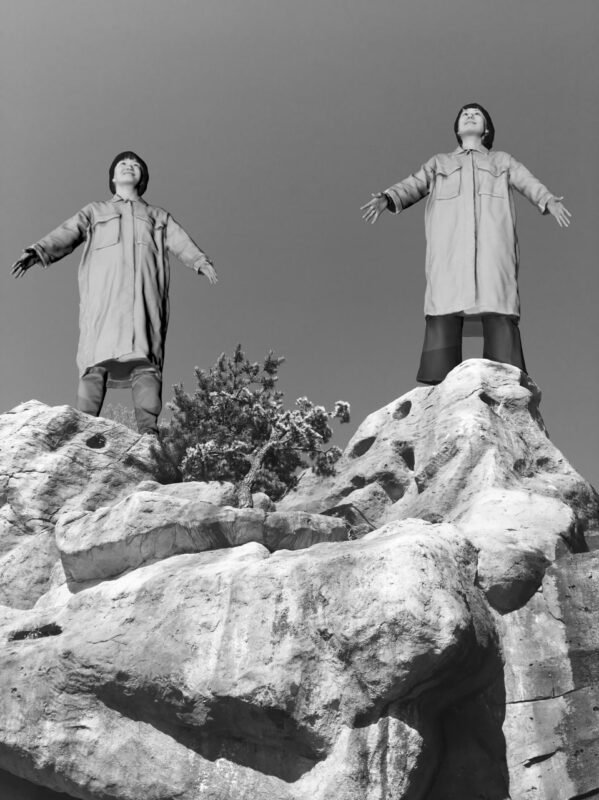
Unmake Lab Unmake Lab
Kunstaar
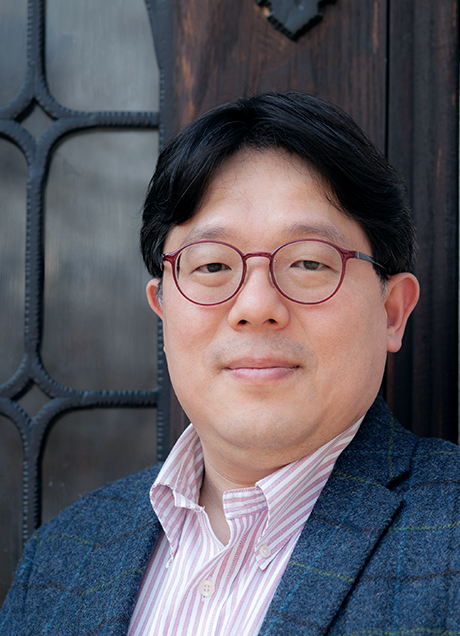
Chihyung Jeon
Onderzoeker
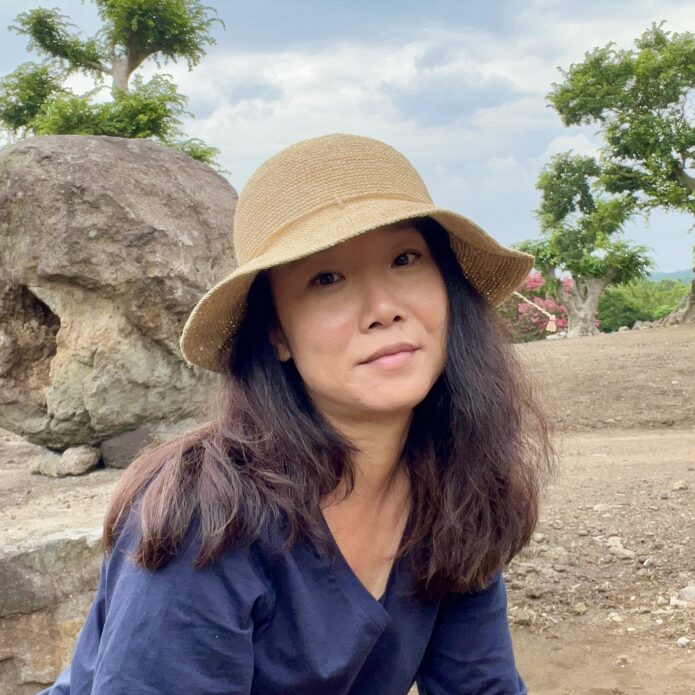
Yunjoo Kwak
Kunstenaar
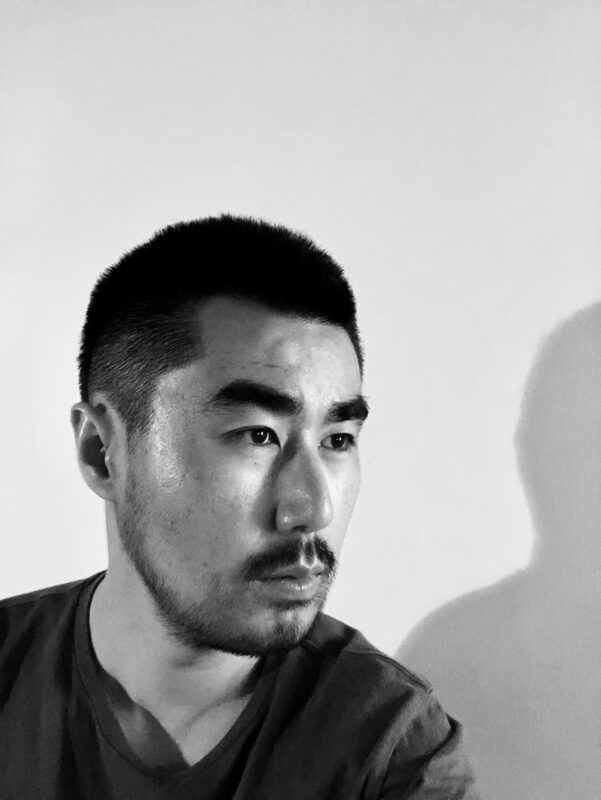
Chih-Chung Chang
Kunstenaar
